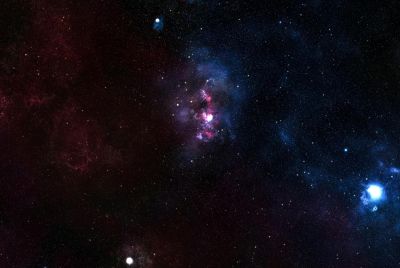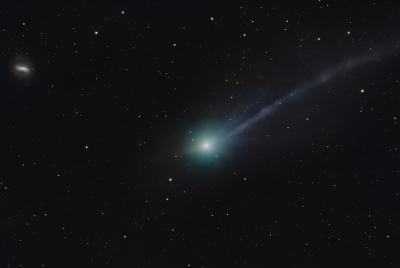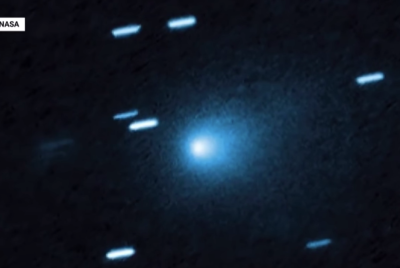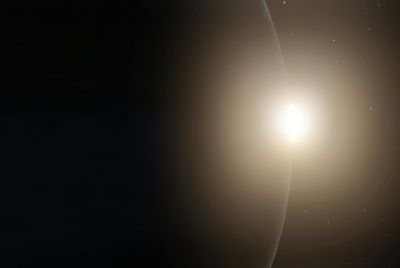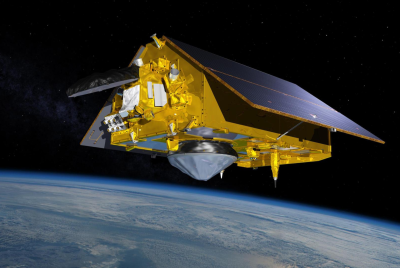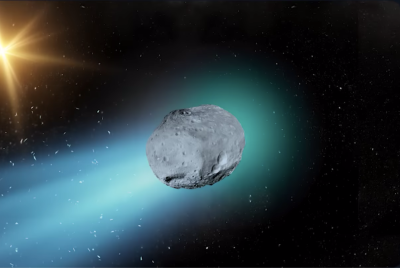NASA Livestream Today: New Images Will Confirm 3I/ATLAS Is Intact, Not Fragmented
NASA livestream will reveal high-resolution images confirming whether the rare interstellar object 3I/ATLAS remains intact.

The NASA livestream on Wednesday 19/11/2025 will unveil the clearest images yet of the interstellar object 3I/ATLAS, travelling at a record speed of approximately 84 km/s relative to the Sun. Scientists expect the images to confirm that the object remains intact after its close encounter at just 0.25 AU (37 million km), less than a tenth of the Earth–Sun distance.
According to NorthJersey.com, the broadcast will address whether the visitor shows any signs of breaking apart, answering one of the most pressing questions about this rare interstellar visitor.
Why Today's NASA Livestream Could Rewrite Interstellar Science
The livestream will showcase newly processed images from space-based and ground-based telescopes, giving researchers their best chance yet to analyse 3I/ATLAS's structure.
NASA plans to release high-resolution frames that could confirm whether the nucleus, estimated at 1 km in diameter, remains a single body after perihelion. Previous speculation suggested the Sun's intense heat might have caused it to fragment.
Astrophysicist Avi Loeb told reporters: 'Our latest observations suggest 3I/ATLAS is a single, stable body with no signs of splitting.' His comment has heightened anticipation for NASA's official confirmation.
3I/ATLAS: A Rare Visitor from Another Star System
Discovered on 01/07/2025 by the ATLAS telescope network in Chile, 3I/ATLAS is only the third interstellar object ever recorded, after 1I/'Oumuamua and 2I/Borisov. Its hyperbolic orbit confirms it came from outside our Solar System and will exit at over 100 km/s, making it one of the fastest interstellar visitors ever tracked.
Spectroscopic data from the James Webb Space Telescope (JWST) study on its CO₂‑rich coma reveal a coma dominated by carbon dioxide, with a CO₂:H₂O ratio of approximately 8:1, far higher than typical Solar System comets. This unusual composition suggests 3I/ATLAS formed in a chemically distinct environment around another star billions of years ago.
Why Confirming Its Intact Structure Matters for Science
Whether 3I/ATLAS is intact or fragmented carries major scientific implications.
If intact, researchers gain:
- A complete sample of primordial interstellar material.
- Data to model how interstellar comets survive journeys spanning billions of kilometres.
- Better predictions of brightness and tail behaviour, the comet reached an apparent magnitude near +7.5, visible through medium telescopes.
If it has fragmented, it could indicate:
- A weak nucleus that couldn't survive heating at 0.25 AU.
- Destabilisation and potential shedding of mass.
- Dust or debris altering brightness and complicating orbital models.
How to Watch NASA's 3I/ATLAS Livestream and View the Images
NASA's livestream begins at 15:00 EST / 20:00 SAST. The event will air on multiple platforms: NASA's website, NASA TV, YouTube, and more.
After the livestream, downloadable high-resolution image files will be released for astronomers, students, and enthusiasts to examine 3I/ATLAS in detail.
Conversationally: 'The livestream kicks off at 8:00pm tonight,' NASA's media team noted.
What the New Images Could Reveal About Its Journey
The observations may answer several pressing scientific questions:
- Did 3I/ATLAS accelerate after perihelion? Loeb suggests it may have gained speed from solar gravitational forces, possibly exceeding 100 km/s.
- How stable is its coma? Earlier JWST data indicated a CO₂-rich coma; new images could show whether its structure changed.
- How does it compare to other interstellar visitors?
- It appears more comet-like than 1I/'Oumuamua.
- Chemically, it differs markedly from 2I/Borisov.
Each data point helps scientists understand how interstellar objects travel across billions of kilometres and survive extreme environments.
Witnessing an Intact Interstellar Object
Today's NASA livestream marks a rare and significant moment. Early reports strongly indicate that 3I/ATLAS is intact, not fragmented, but NASA's newly processed images will provide the definitive confirmation.
'For scientists and enthusiasts alike, this is a once-in-a-lifetime opportunity,' said Loeb. 'We are witnessing an object from another star system in real time.'
© Copyright IBTimes 2025. All rights reserved.


